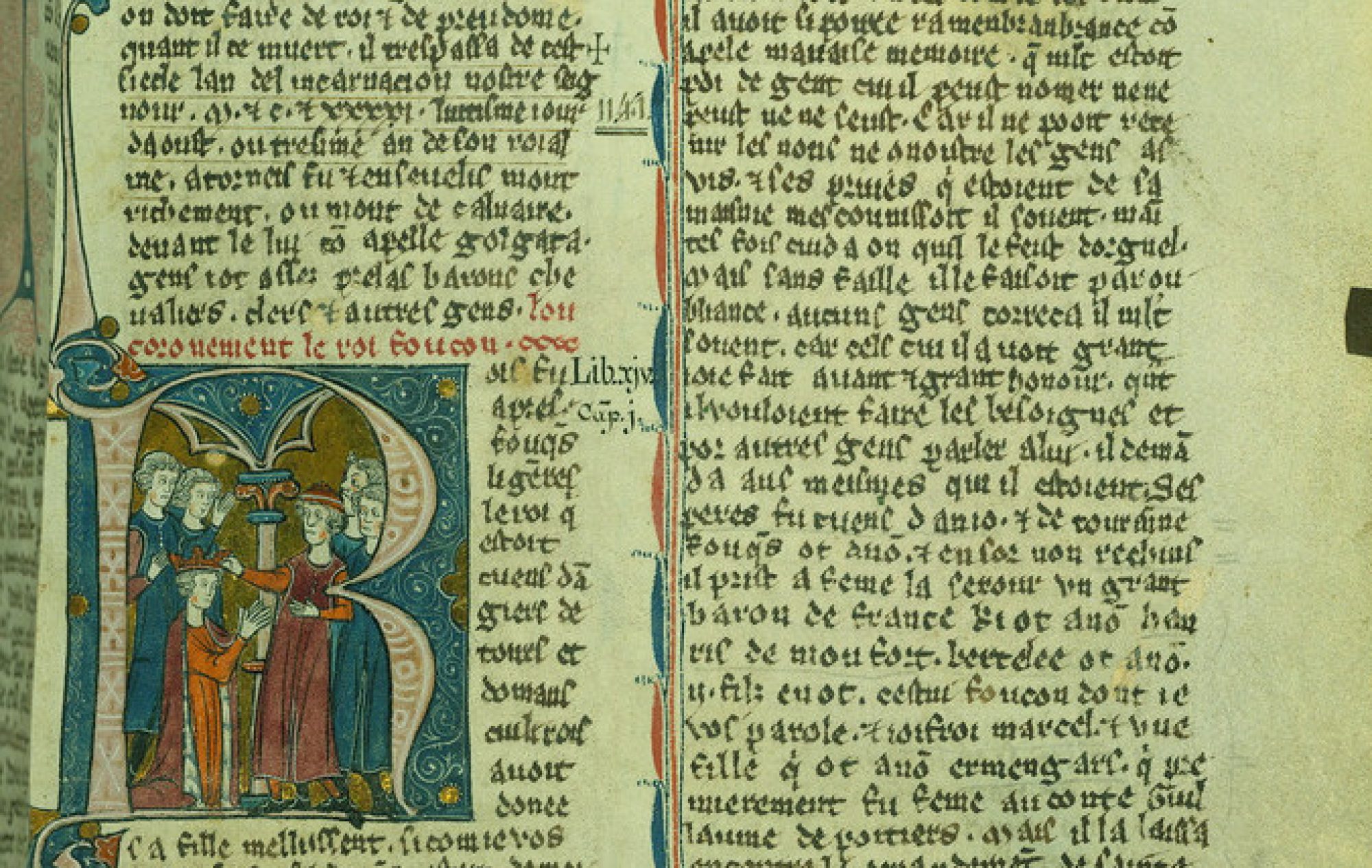Our work in Arts 140 has taught us many valuable lessons and skills that will carry forward not only into other courses but to life in general. First and foremost, we have determined that it is vital to read and research the facts surrounding a story before making a judgement on its validity and truthfulness, as there can be many conflicting accounts of what happened.
After thoroughly analyzing and evaluating our first document, The Letter of Prester John, we came to the conclusion that the majority of the information conveyed in the letter was false, and that in fact, there was never a ‘Presbyter Johannes’. Instead, the details of Prester John’s riches composed a false utopia that enticed those who heard of it. At first glance, it seemed quite real, and certainly tricked much of society during the time of the crusades into believing that it was real, as there was a surge of exploration after the publication of the letter. However, after countless explorations that failed to discover this promised land, it is evident that Prester John and his utopia was merely a myth.
Next, we learnt that there are (at least) two sides to every story. Throughout the case of the Knight’s Templar, we realized that history is often written by the winners and that the voice of the loser is often undermined. While there are many speculations as to what happened with The Templars, we believe that they were ultimately unable to effectively communicate their side of the story, due to the fact that they were being manipulated by King Philip IV of France. This means that the ‘facts’ are not necessarily true facts about the Templars, and instead are simply one opinion of many regarding what was occurring within the brotherhood.
Lastly, we learnt that reading carefully is crucial. In the document written by Johann Nider, he claims that many people have been tricked by witches, and continues to discuss Joan of Arc, indicating that she was a witch, and how she tricked many people. This leads the reader to believe that Joan of Arc was tried as a witch, and that is what she was killed for. However, such a belief is untrue, as she was actually burnt at the stake as a relapsed heretic because she cross-dressed in male attire. The fact that even in contemporary culture, Joan of Arc is thought to have been a witch is indicative that the skill of reading carefully is extremely important.
Overall, each case has taught us something new about how to analyze and understand the past and has given us skills to take forward into the new age of technology and “fake news” today. It is of the utmost importance for everyone to work on discerning fact from fiction, in order to make informed decisions about issues, stories and myths in modern day society. In addition, it has shown us how fortunate we are to live in a time where information is at our fingertips and we can see many different accounts with the click of a button; such a luxury was not afforded to those living in the time of the Middle Ages. All in all, these mysteries and the “fake news” that they entailed have taught us to critically analyze information and meticulously question and discern its veritability.
